
Deemed a “Dystopian Apartment,” a building in China has recently gone viral on TikTok. Incredibly, it has the ability to host up to 30,000 residents.
The video was posted by @fatheristheone using a drone and caught people’s attention for more than just the impressive interior and unique design.
People were also astonished after seeing footage that truly captivates the enormity of the building.
Many people have read at least one novel focusing on a Dystopian society. Or at least understand that it describes a society that lives in fear or has been dehumanized.
Most works have been fiction, although some might argue they’re a possible warning about the future.
Either way, China currently has an apartment building that can house up to 30,000 residents at one time. Furthermore, containing everything residents could possibly need.
Features of the Dystopian Apartment
The “dystopian” apartment, called the Regent International, is located in Qianjiang Century City, more specifically, in Hangzhou’s central business district.
The building was actually designed by Alicia Loo, chief designer of a 7-star hotel called the Singapore Sands Hotel, and was inaugurated in 2013.
Impressively, the building is 675 feet tall and is currently home to around 20,000 residents. It is an S-shape and has 36, or 39, floors depending upon which side of the building you are.
Unsurprisingly, it’s one of the most densely populated areas in the world, thanks to the numerous residents coexisting under one giant roof.
Within the more than 30 floors of the Regent International, there are a number of amenities. Some include restaurants, swimming pools, and nail salons.
The building also contains its own grocery stores and internet cafes. Essentially, anything one might find “in town” can be found indoors the “dystopian apartment”.
As a result, many residents may never step foot outside again. Posing the question, will they also never get any fresh air or feel the sunlight on their skin? First, the residents aren’t forced to stay indoors, nor are they forced to live in the “dystopian apartment.”
In contrast, most residents are young professionals and influencers or college students. Both of them greatly benefit from the cost-effectiveness and convenience of living in a place such as an S-shaped building.
Advantageous Living
Living there seems to be incredibly convenient for residents as they have everything they could possibly need under one roof.
Convenience isn’t the only advantage. Its affordability is another great benefit to living at Regent International.
Units vary in size and cost but range from 1,500 RMB, which is equivalent to around $200.00 per month, to 4,000 RMB, which is just under $600.00 per month.
While some are apprehensive, calling it a “dystopian apartment,” others have praised the innovation behind the building. It’s even been called “the most sustainable living building on earth.”
Another interesting advantage comes to light in the midst of a housing crisis that is seemingly sweeping the U.S. The “dystopian apartment” could serve as a model for how the U.S. can possibly create more living spaces for people without taking up copious amounts of land.
Interestingly, one state has already developed something like the hotel turned apartment city. Whittier, a city in Alaska, has a 14-floor building in which all 272 residents live. It, like the building in China, has everything one would find “in town.” This includes a church, school, post office, and police station.
Possible Downsides
Like everything in life, this, too, has pros and cons. After all, the building has been referred to as “dystopian apartment” for a reason.
As previously mentioned, many people are wondering how so many people can live in one place. U.S. residents tend to prefer privacy. Space from their neighbors. Even a yard to hang out in or for their dogs to play.
A major drawback to a housing solution like this is that people will have very little space of their own, with little opportunity to be outdoors or get fresh air. Luckily, the problem of getting fresh air can be remedied by taking a stroll or renting one of the larger units in the Regent International, as some come with balconies, providing some relief from living in there.
She was frequently beaten by her husband, so she left the house with her kids.

Cara Brookins was left emotionally broken when her second abusive marriage ended. She got well by building her own house, which she did after seeing YouTube videos on how to do it.
The mother of four started looking for a new house in 2007 after being forced to sell the Bryant, Arkansas, home she and her soon-to-be ex shared. At the moment, though, anything the computer programmer analyst could afford was too tiny. Brookins too felt obliged to take action to bring her family back together. She admits, “But I had no idea what that should be.”
Brookins, therefore, came up with the idea to build her own house from the ground up. According to Brookins, 45, “If anyone was in our situation, they wouldn’t do this.” “No one else viewed it this way, and now that I think about it, I understand it sounds crazy.”
One acre of property cost Brookins $20,000, and she obtained a building credit for about $150,000. She then started watching YouTube tutorials to learn how to do things like run a gas line, build a wall, lay a foundation, and install plumbing.
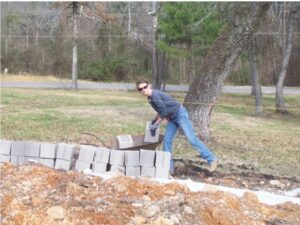
Her children, ages 2 to 17, helped her throughout the nine-month construction of the 3,500-square-foot home. At the time, Drew, who was 15 years old, helped Brookins make the preparations. Jada, who was 11 at the time, transported water from a neighbor’s pond using buckets because there was no running water on the property. She then combined the water with 80-pound sacks of concrete to create the mortar for the foundation.
It felt impossible the entire time, according to Brookins, who worked when the kids were in school. After school, Brookins drove her family to the five-mile-away construction site where she worked late into the night on the new house.
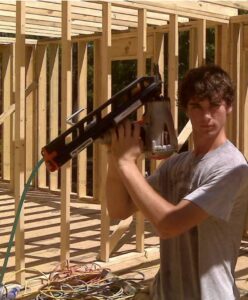
YouTube videos previously were vague and provided numerous solutions to a task. Brookins employed a part-time firefighter with building experience for $25 per hour to help with some of the more challenging tasks. She remembers, “He was a step ahead of us in knowledge.”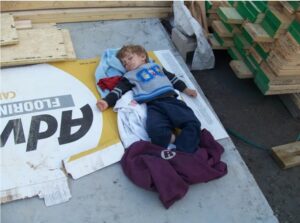
On March 31, 2009, Brookins and her kids moved into the five-bedroom home. She gave it the name Inkwell Manor in recognition of her desire to become a writer.
In the years afterwards, Brookins has written numerous middle grade and young adult books. She has also written a biography titled Rise: How a House Built a Family, which will be released on January 24.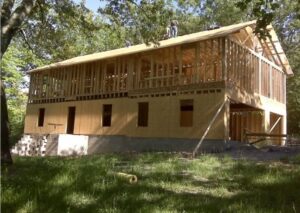
Building the house helped Brookins emerge from her depression. We were ashamed that our best option was to construct our own shelter, Brookins adds. “We weren’t really proud of it,” In the end, it proved to be the best thing I could have done for myself.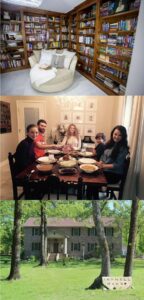
She says, “You can do anything you set your mind to if I, a 110 pound computer programmer, can build a complete house.” Choose one goal and stay with it. Find the big thing you want to do, move slowly in that direction, and take those who also need healing with you. That has a lot of influence.

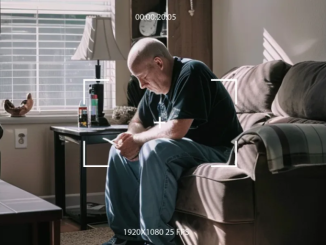

Leave a Reply